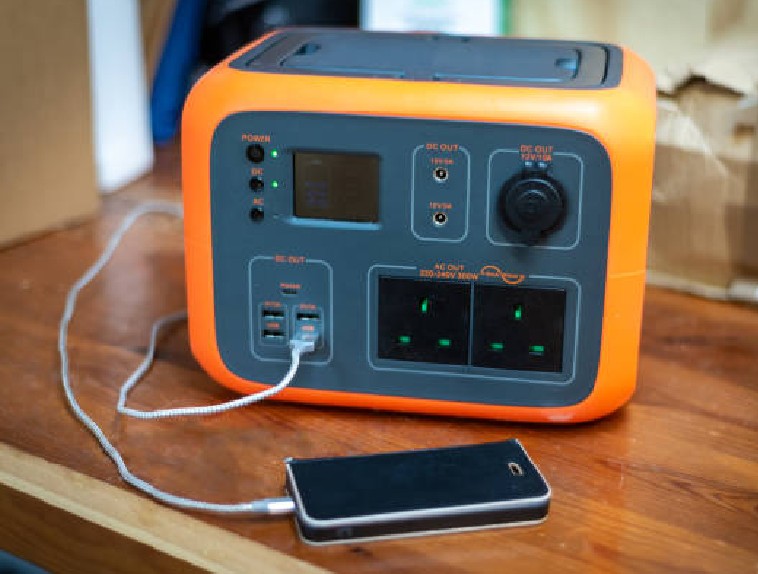Question: Nuisance trip on AFCI
What should we do if we experience a nuisance trip on a UL Listed arc-fault circuit interrupter (AFCI)?
Answer
Most circuit breaker type AFCIs are Listed under the category Arc Fault Circuit Interrupters, Branch/Feeder Type (AVZQ) located on page five of the 2003 General Information for Electrical Equipment Directory (the White Book).
First, make sure it’s a nuisance trip and not an actual arc-fault trip from wiring or loads (e.g., shorted or severed conductor from a staple). There are various ways to trouble- shoot this occurrence, and AFCI manufacturers provide guidance in this regard. Removal of a load from operation to check for safe operation may be appropriate in this case.
Most AFCIs will not function properly on multiwire branch circuits (e.g., shared neutral circuits). Some manufacturers have special type two pole AFCIs for this purpose. There are also cases where inadvertently grounded neutrals will cause the AFCI to trip. In this
case, it is appropriate to check if the circuit has a shared neutral or an inadvertently grounded neutral. Remember the only way to test an AFCI for proper operation is by using the test button on the AFCI. If after these steps, it is determined that a nuisance trip did occur, please provide the details of the AFCI and load device or appliance that may be causing a nuisance trip using UL’s online Field Report form.
Additional information on AFCIs is located online at:http://www.ul.com/regulators/afci/
index.html.
Question: Repair/replacement void ul listing
Does repair/replacement of parts void UL Listing?
Answer
Authorized use of the UL Mark constitutes the manufacturer’s declaration that the product was manufactured in accordance with applicable requirements when it was shipped from the factory. When a UL Listed product is modifi ed after it leaves the factory, UL has no way to determine if the product continues to comply with the applicable safety requirements without investigating the modifi ed product for compliance.
In this case, UL can assist you in determining the acceptability of the modification through our Field Engineering Services.
If the affected party wishes UL to determine if the modifi cations made to a UL Listed product comply with UL requirements, the appropriate Field Engineering Service can be initiated to investigate the modifications.
This evaluation will only be conducted after UL consults with you, in order to assure that UL’s evaluation addresses all areas of concern, and meets all of your needs.
More information on this subject can be accessed online athttp://www.ul.com/regulators/modification.html.
Question: EMT fittings in wet locations
In the July/August 2003 issue of IAEI News, the UL Question Corner indicated that at that time there were no Listed “raintight” compression type EMT fittings for use in wet locations. Has this changed? Please provide an update on the status of these “raintight” connectors.
Answer
As of this writing (November 2003), only one manufacturer is authorized to mark their Listed compression type EMT fittings with the “Raintight” marking.
These fittings are provided with additional sealing rings to exclude water, the installation instructions on the carton must be followed for proper installation. Look for the “Raintight” marking on the container and the UL Mark on the fitting.
The availability of “raintight” fittings may change as manufacturers redesign their fittings to comply with UL’s new follow-up “raintight” testing program. It is imperative to always look for the proper marking on the product and container. If the product is not marked with the UL Listing Mark and the container is not marked “Raintight,” then the fittings have not been listed for raintight applications.
For updates on Listings of “Raintight” EMT fittings, please check UL’s Regulators page at http://www.ul.com/regulators/raintight.html. As new “Raintight” EMT Fitting Listings are promulgated, this page will be updated with that information.














Find Us on Socials